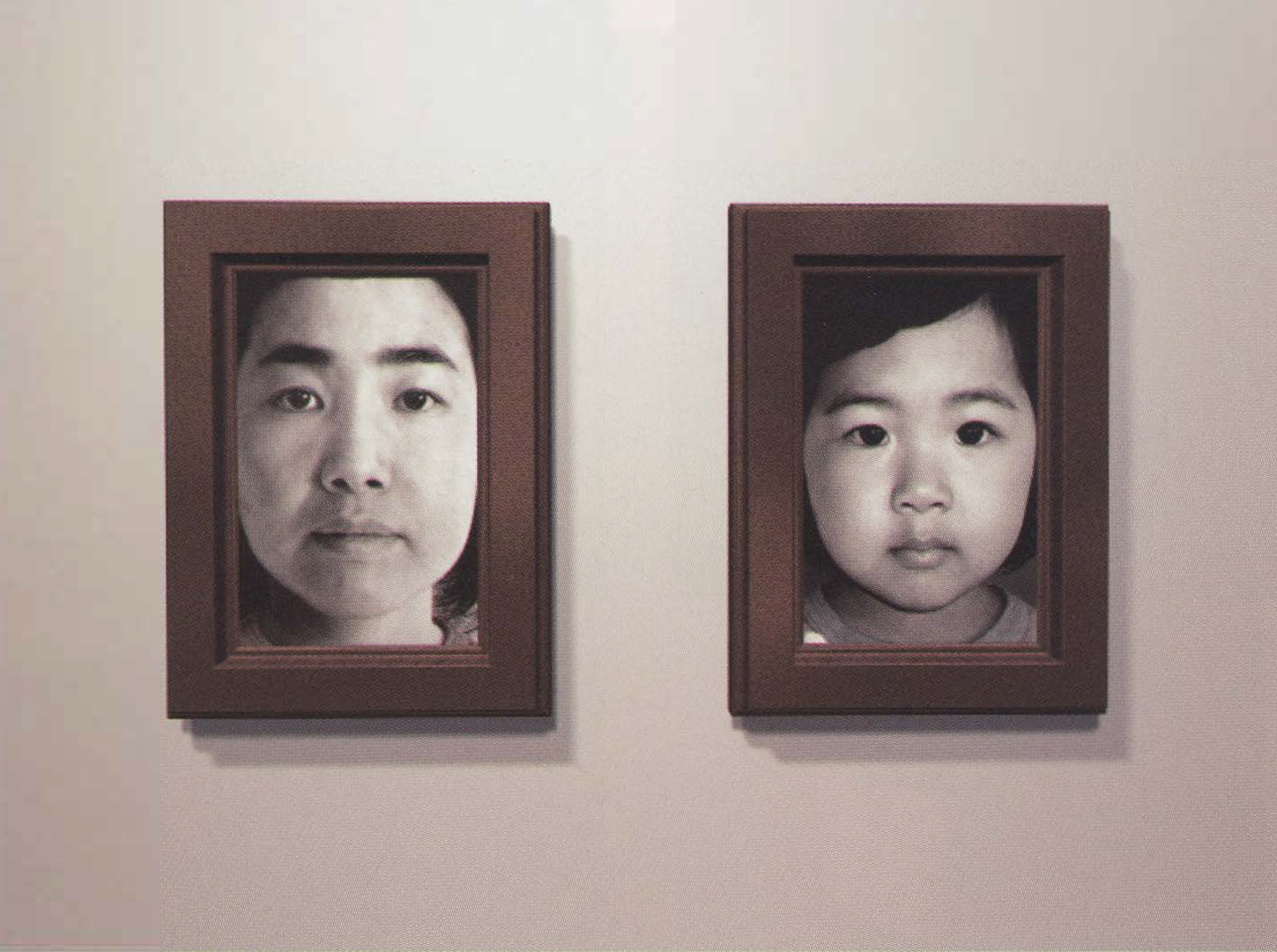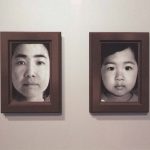Hyunsuk Kim: Inclination of Time
Artist(s):
Title:
- Inclination of Time
Exhibition:
Creation Year:
- 2003
Size:
- 12 ft x 10 ft each
Category:
Artist Statement:
Inclination of Time consists of two photos that metamorphose over time. Time is an incognizable movement with consistent intention, while photography is a tool to immortalize the moment of time. I attempted to reconcile time with photography in this particular work. I attempted to revitalize the frozen time captured in the photos by establishing the lost continuity between two photographs. The baby in the first photograph changes to a father, and the same baby in the second photograph changes to a mother. The changes in the photographs are nearly undetectable, since the metamorphoses in the photos take place slowly over a long period of time. The changes in the photos are intended to be as slow as possible, to recreate the incognizable nature of time. Time is perceived as a linear or circular movement in consciousness and subconsciousness, but time reveals itself in continuance. In this work, I tried to show both linear and circular movements of time in perception.
First, time is perceived as past, present, and future in human consciousness. It is said that past lies in memories, present is intuitively perceived in mind, and future is glimpsed in expectations. The linear movement of time in past, present, and future is cognized by the intuitive association of mind in consciousness. In my work, the fact that a baby becomes an adult in the photos shows the linear inclination of time. It also shows the substance of human beings as “becoming,” bounded by time. Secondly, because of both the inclination of memories to expectations and the inclination of expectations to memories, the inclination of time can also be perceived as circular in consciousness. In subconsciousness past, present, and future coexist as in dreams. Time is not linear but circular, or coexistent in subconsciousness. For example, a couple can’t become paren11 without a baby of their own. That is to say, having a baby affirms being parents. When a baby metamorphoses to a mother and a father in these photos, an effect asserts or dictates a cause, in a sense. A baby in the photos is repetitive memories of the parents’ childhood at the same time an adult in the photos is the future that the baby expects to be. Also, every frame is morphed with parts of the other frames, so, in a way, time within this work is coexistent. I wanted to let the inclination of time reveal itself in its incognizable continuance.






